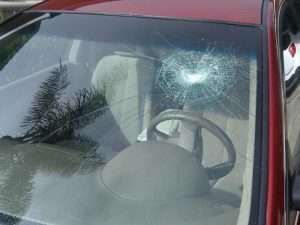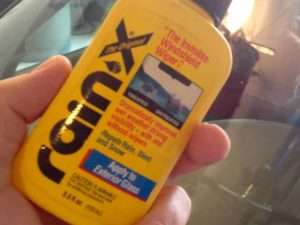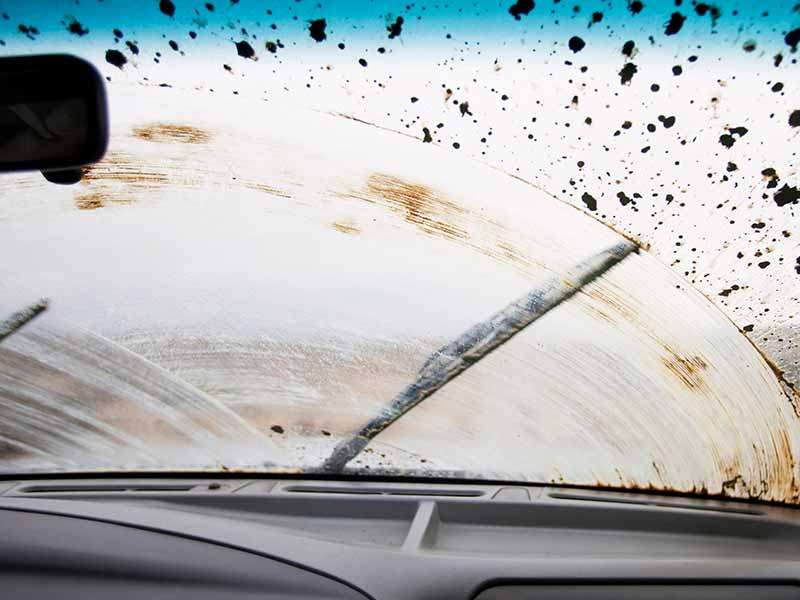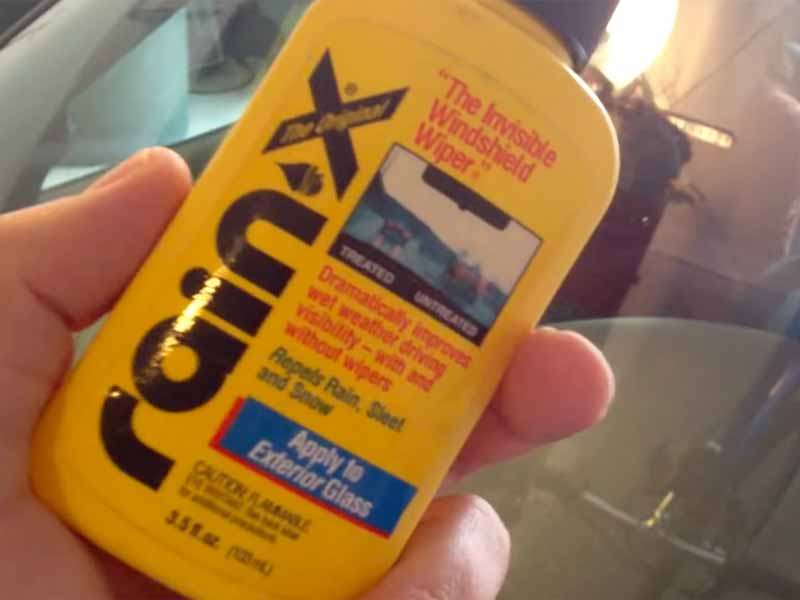Table of Contents
This article will show you how to remove windshield scratches by wiper blades, ice scrappers, and more. It’s surprisingly easy to get scratches out of your windshield or other windows on your car if you have the right tools for the job and the scratches aren’t terribly deep. Essentially you just need some polish and a polisher. If you don’t have a polisher a quality drill will do in a pinch.
If you’re dealing with a small scratch and you have a strong arm you may even be able to skip the polisher. You will want to thoroughly clean the glass first though to ensure you don’t pick up any debris in your polishing pad and cause additional scratches!
How To Remove Scratches From A Car Windshield At Home
Check the depth of the scratch with your fingernail. If the scratch doesn’t catch your fingernail it can be polished out.
You may be able to polish out slightly deeper scratches but scratches that easily catch your fingernail may mean the glass will need to be replaced.
It’s common for windshields to pick up scratches from the wiper blades. Turning on the wipers when the windshield is dry and there isn’t any rain will almost certainly cause scratches.
Small particles of road debris will build up on your windshield and when the wiper swipes by it grinds the rough bits across the glass. Worn wiper blades can fail and parts of the metal wiper arm may come into contact with the glass and cause some nasty scratches as well.
Weather stripping on side windows that roll down can cause scratches the same way that wiper blades can. If you take care of your wiper blades and weather stripping and keep your glass clean you should avoid the majority of glass scratches.
Thoroughly clean the glass
Road grime on your glass is often the source of the abrasive that has caused the scratches in your glass.
Before we begin to try to polish out the scratches the existing debris needs to be washed off. Giving your entire car or truck a wash is a good idea but not necessary.
You can get away with simply washing the glass that you want to polish scratches out of. Once the glass has been thoroughly washed you’re not done. Simply washing won’t get the tougher stuff off.
If you haven’t used a clay bar before it’s very simple. It’s literally a piece of clay that you slide across the glass that will pull off tiny dirt particles that are stuck onto the surface.
The glass may appear clean but if it feels at all rough there are small particles stuck to the surface. Clay bars are typically thought of as being used on paint but they work exactly the same way on glass.
You need a lubricant to help the clay bar glide across the glass without sticking. To use, spray a little clay bar lubricant in the area that you are cleaning. Break off a small piece of clay and wipe it back and forth across the area with minimal force.
Repeat the process until the clay bar glides with absolutely no friction. Dry the area and feel the surface with your hand to see if it still feels rough at all. It should be pristine and perfectly smooth now.
Polish out the scratches
Now that the glass is perfectly clean you can safely polish the scratch out. If you’re just trying to deal with a small scratch you can possibly get away with a little polish, a polishing pad, and a lot of elbow grease. You’ll want a couple different polishing pads.
There are some great polishing pad kits that include standard pads, heavy cutting pads, and finishing pads. The different pads will make the job much easier when working by hand. You’ll also need polish obviously.
There are various polishes available with a range of polishing abilities. For glass you don’t want to go with the most aggressive polishes. A light polish and a finishing polish are perfect for this job whether you’re polishing by hand or with a power polisher.
For most of us mere mortals we’re going to want to use a proper polisher. A variable speed random orbital polisher is the perfect tool for the job. You’ll still need a set of polishing pads. A variety of pads designed to work with a 6 inch polisher is a good choice.
If you have a quality drill you can can get away with some polish, a backing plate for a drill, and a polishing pad.
The same polishes you’d use for hand polishing are ideal for a polisher. Apply a light amount of polish to the pad on your polisher and work it back and forth across the section of glass with the scratch you’re trying to remove.
After a couple passes the scratch should be removed or at least greatly improved. Continue working as necessary to get the results you’re looking for. Switch up the polishing pads and polishing compounds as needed to get the job done properly.
Once you’re satisfied, wipe down the glass to remove the remaining polish.
Protecting the glass from future scratches
While you can use a standard paint sealant to protect the glass, they aren’t specifically designed for the job and there are better products to tackle this job. Hydrophobic glass coatings are ideal since they will help keep road grime, tree sap, and other contaminants from sticking to the glass and later causing scratches when the wiper blades drag them across the glass.
We found Gtechniq G1 to be far superior to Rain-X and the best hydrophobic glass coating. It lasts an incredibly long time, is least likely to cause wiper chatter, and performs well at keeping debris from sticking to the glass.
Whatever coating you decide to use, be sure to keep it maintained. While G1 will last a very long time, it will eventually wear out and its lifespan will vary greatly depending on many variables such as the weather in your area, whether you park outside regularly or are garaged, what elements your car windshield gets exposed to such as tree sap, acidic air pollutants, and of course how often you run your wipers.
In addition to applying a good protective coating to your windshield you’ll want to always ensure that your wiper blades are in excellent condition and be sure not to turn on your wipers when the windshield is dry.
Helpful Links
Conclusion
Light scratches in your windshield can often easily be polished out. Deep scratches usually require replacing the windshield. An ounce of prevention is worth a pound of cure as they say.
First and foremost, don’t run your windshield wipers when the glass is dry. This is the quickest way to cause scratches in your glass.
Also do your best to ensure that your wiper blades are in tip top shape.
When you have light scratches that do need to be removed however, a little polish and a random orbital polisher will knock them out better than any other alternative.
It’s possible to do the job by hand but you should really only attempt this if you’re dealing with a very small spot. If you have the proper polishing compounds, polishing pads, and polisher, the job should only take a few minutes.
Just ensure that the glass has been thoroughly cleaned and be sure to clay bar the glass as well. Clay barring the glass will remove those fine stuck on granules that washing can’t remove.
This will ensure you don’t cause additional scratches when you’re trying to remove the original ones.
Good luck and happy motoring.










